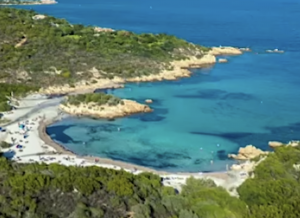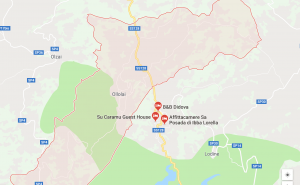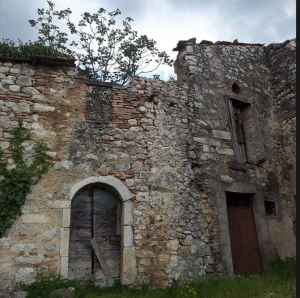Dubai For One
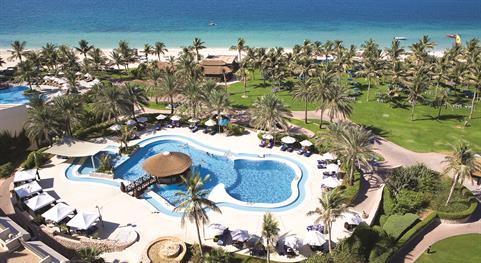
Jabal Ali-Dubai
Traveling alone can be an exciting experience. It can be enriching for the solo traveler, creating opportunities to gain lifelong friendships, learn important life lessons, and gain a fresh perspective on the world that awaits the solo traveler.
From the Croatian coast to the Banana Pancake Trail of Southeast Asia, there are many life-changing adventures out there awaiting solo travelers. Unfortunately, when it comes to the Middle East, there are prevailing misconceptions. Often, the Gulf coast is perceived as an unsafe and dangerous area for tourists, particularly the solo traveler.
But destinations like Dubai and the rest of the United Arab Emirates (UAE) is so progressive that it can be the ideal place for a solo traveler. If you’re looking for your next adventure, why not make it Dubai?
Still not convinced? Here are some tips to make your solo trip to Dubai one to remember.
1. Try the local flavor
As a glitz playground for the ultra rich, Dubai and the UAE are home to some of the best and most exclusive high-end restaurants in the world such as Koi, an authentic Japanese restaurant and Boa, one of the world’s best steakhouses.
Luckily for solo travelers, Dubai has a diverse culinary landscape, offering some great under-the-radar dining options any budget. The city boasts plenty of intriguing cuisines, but no trip to this wonderful Emirate would be complete without trying some authentic Emirati cuisine.
From contemporary cooking at Aseelah to camel milk treats at The Majlis, there are many places throughout Dubai for solo travelers to get their fill.
2. Find the best places to stay
Whether you’re a seasoned or novice solo traveler, where you choose to stay can make or break your trip. The best hotels in Dubai are in neighborhoods and areas where one can easily access a wide range of restaurants, entertainment options and noteworthy cultural activities.
For instance, there are Dubai hotels with beach access if you love catching waves, as well as hotels with stunning ocean views that let you marvel at Dubai’s splendor from the comforts of your room. It’s important to take into consideration your hotel’s proximity to nearby transport as Dubai isn’t known to be a pedestrian city, especially during the summer, when it can be near impossible to navigate the city on foot. For solo travelers, consider staying in neighborhoods like Downtown Dubai, Dubai Marina or Jumeirah Beach.These districts are bustling neighborhoods, catering to locals and travelers alike with their vast array of tourist attractions.
3. Get a dose of local culture
While the shopping experiences in Dubai often make the headlines, there’s more to this cosmopolitan city than shopping.
This corner of the world is packed with unique, one-of-a-kind experiences that cannot be imitated elsewhere. Solo travelers are spoiled for choice when it comes to the variety of ways to get to know the city better.
There are daredevil adventures awaiting in the sand dunes for thrill seekers, sun loungers for that all-essential “me time,” and tourist attractions that offer a unique, high vantage point.
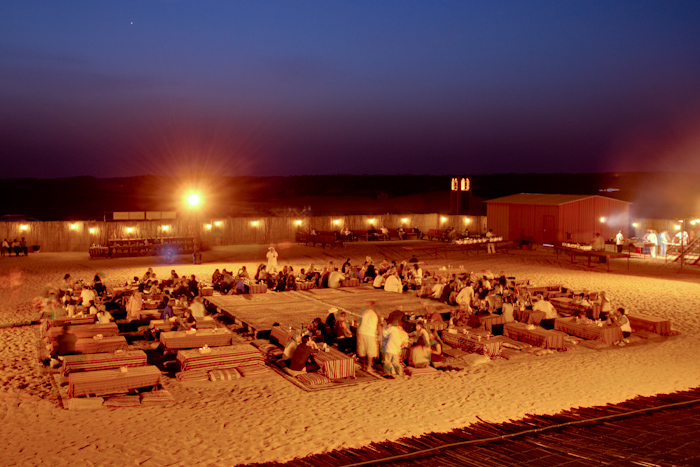
Dubai Desert
But to really understand Dubai, visitors are encouraged to immerse themselves in local culture. Mosques, museums, authentic souks, and art galleries all provide cultural experiences that help travelers better understand local culture and customs. Dubai’s historic districts offer an enlightening glimpse into the city’s humble beginnings.
4. Enjoy yourself
As one of the safest countries for tourists, Dubai is a city where solo travelers can truly relax and enjoy themselves. There’s no shortage of fun to be had in the City of Gold, so travelers can simply let their hair down and fearlessly embrace what the city has to offer.
Whether your preference is for some nocturnal action or more wholesome diversions, Dubai is more than happy to indulge you.
What are you waiting for?
Traveling alone allows you to truly discover a destination. The complete freedom solo travel provides is an experience unlike any other. And in a city like Dubai, with its unique attractions and enriching culture, do yourself a favor and explore.
AUTHOR BIO
Thomas Grundner is the Vice President of Sales and Marketing for JA Resorts & Hotels. He has more than 20 years of expertise in the hospitality and leisure industry – across international markets including Germany, Egypt and Spain. Grundner oversees all sales, marketing and revenue efforts as the company continues to build on its key growth and development strategies and further cultivates its unique blend of “Heartfelt Hospitality” and “Casual Luxury.”

















